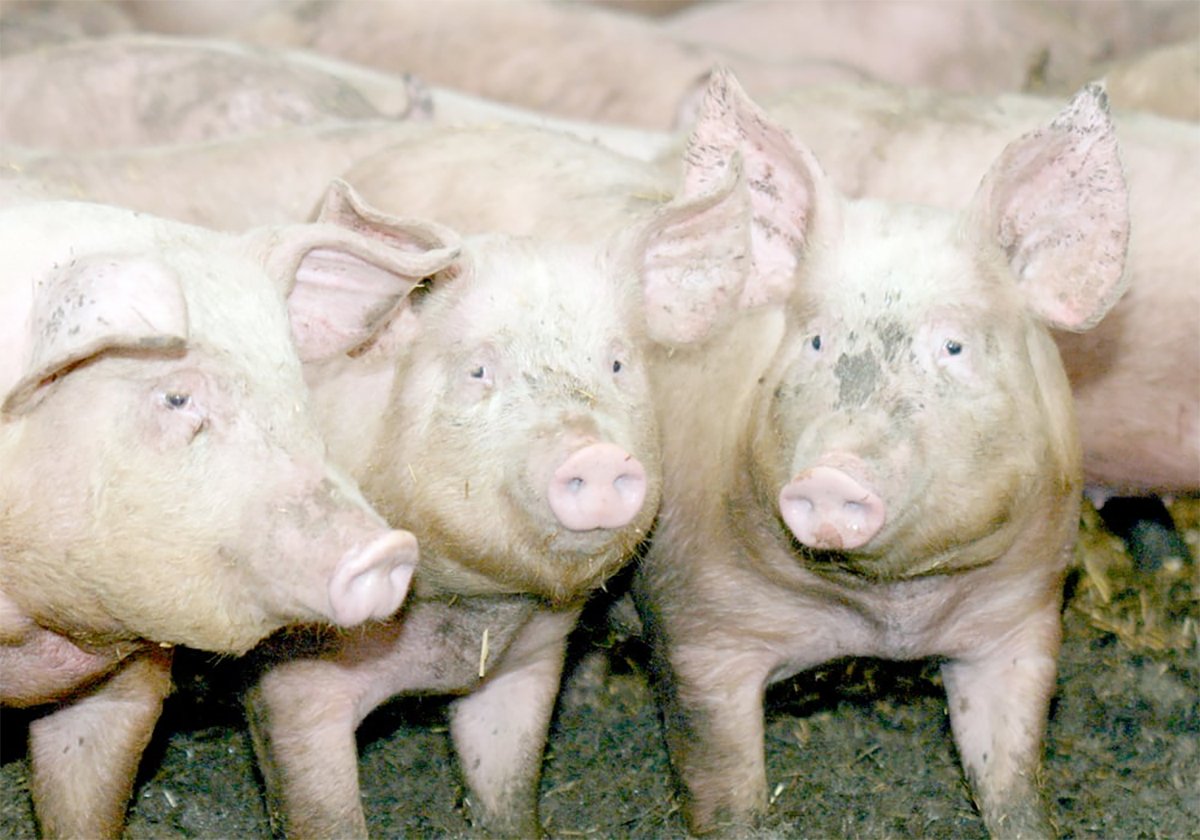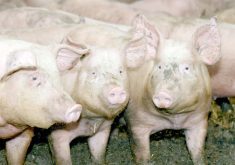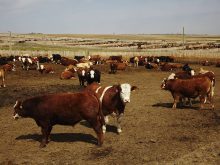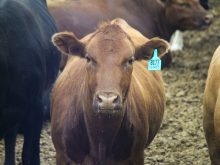Mandatory age verification must be implemented if Canada hopes to do more business with Japan, says a leading Asian meat seller.
“I have no doubt increasing the supply of Canadian beef by requiring ear tags with birth records should be the industry’s top priority today,” said Kunitaka Dan of the Japanese meat trading company Stamina Foods Inc.
Canada and the United States also need Japan to accept beef from animals younger than 30 months rather than 21 months, he said at the Canada Beef Export Federation annual meeting in Calgary Sept. 19.
Read Also

The Western Producer Livestock Report – November 13, 2025
Western Producer Livestock Report for November 13, 2025. See U.S. & Canadian hog prices, Canadian bison & lamb market data and sales insights.
South Korea accepts American beef from animals younger than 30 months so it is time Japan reviewed its policy. The longer it delays, the harder it will be to change. That will make it more difficult for Canada and the United States to recover losses, he said.
The U.S. uses biological maturity of the carcass and skeleton in a system known as A40. The average age of slaughter under this system appears to be about 15 months of age, but Dan argues the beef is less flavourful from younger animals.
Canada uses age verification with birth certificates. He realizes age verification is extra work for producers, but it could open up the market for Canadian beef and variety meats.
Japanese cattle identification and traceability has been mandatory since 2004. Producers must record the animal’s birth, sex, mother’s identification, farm location, when it left the farm and date of slaughter.
The Japanese government’s food safety commission established its 21-month import rule because there were cases in two Holstein steers aged 23 and 21 months that displayed abnormal prions during testing. Later study showed they were not transmissible like BSE. To date, Japan has had cases in 34 Holsteins and four Wagyu cattle. Most were four to six years old.
Dan does not favour opening Japan’s meat market to cattle older than 30 months. He supports a 30-month threshold as reasonable because it is the only age that can be reliably tested for disease. However, he is satisfied with Canada’s measures to control BSE.
“I believe the feed ban and SRM (specified risk materials) removal are the fundamentals of effective prevention of BSE,” he said.
Dan is optimistic about Canada’s future in Japan because it carries a positive image among Japanese consumers, many of whom do not know BSE exists here. The last two cases found here were not reported in the Japanese media.
“This is a blessing for Canada and the Canadian beef industry. There is nothing to stand in the way of Canadian beef recovering its market share,” he said.
People know the U.S. had BSE in 2003 because Japanese media coverage was negative toward the U.S. and its beef. The Japanese already had anti-American sentiments fueled by opposition to the U.S. government policy on the Iraq war and continued presence of military bases in Japan.
BSE in Japan and North America was an economic blow to Dan’s company, which provides meats to wholesale, retail, food service and manufacturing. Beef consumption has returned to about 75 percent of what it was seven years ago.
His company imported about 70 percent of its beef needs from Canada and the U.S., buying variety meats like intestines, liver, abomasums (fourth stomach), tongues, cheek meat, tripe, hanging tenders and uteri. Users had to find beef elsewhere and many food service outlets substituted pork or chicken on their menus.
“The 2003 suspension was a major blow for us,” he said.
Last year, Japan imported five million tonnes of beef, pork, seafood and poultry. Nearly three million tonnes of that was seafood and 677,520 tonnes was beef. Canada’s share of that was 3,368 tonnes, 15 percent of what it achieved in export sales in 2002 before BSE bans occurred. At that time Canada shipped 22,642 tonnes.
Australia continues to meet more than half the country’s needs because Japan recognizes it as having negligible BSE risk under world animal health guidelines.
Japan recognizes 31 countries including Canada and the U.S. as having controlled risk for BSE, with 10 countries recognized with negligible risk. These include Australia and New Zealand.















